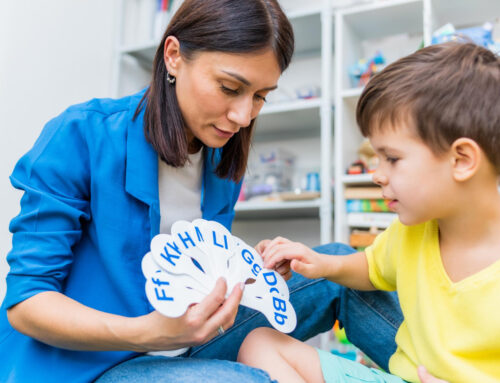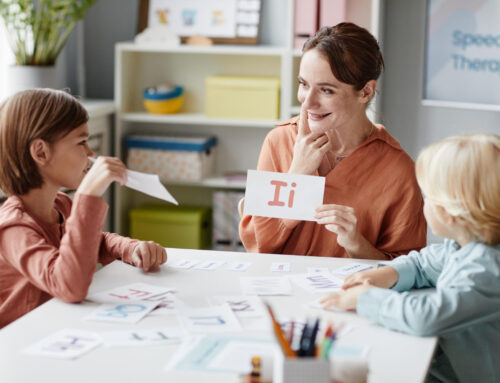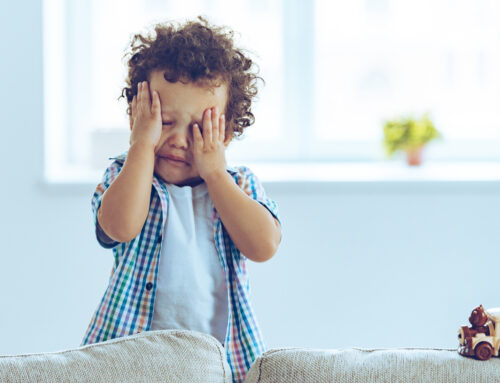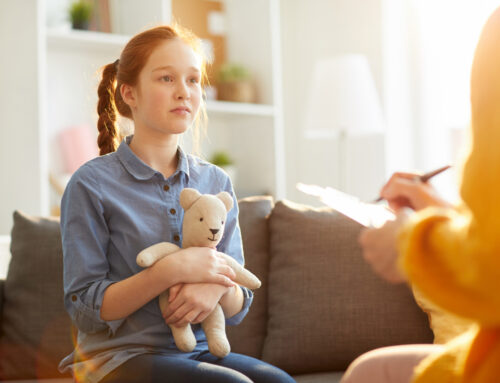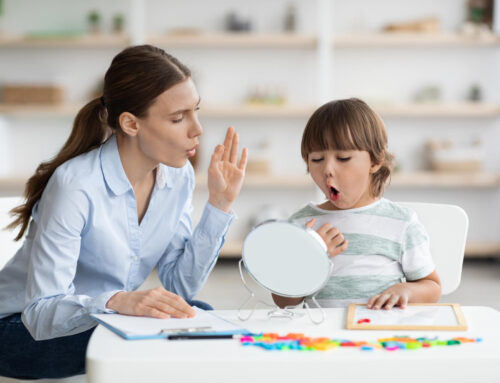Written by Libby Brandt
In an article by Maria Hartwell-Walker, EdD, THE BENEFITS OF PLAY IN CHILDREN, she sites that it is essential and needed. She remarks that 75% of brain development occurs after the baby is born… from birth to 20 years. She also says, “ Play during teen years and into adulthood helps the brain develop even more connectivity, especially in the frontal lobe which is the center for planning and making good decisions.”
Paul Dennison, PhD and founder of Brain Gym ®, says “ Movement is the door to learning.”
As a Pediatric Physical Therapist and Brain Gym ® instructor for many years, I can say that playful and fun movement is key to a successful therapy session. Young and old alike do best when the activity is playful and fun.
If one looks at 3 areas of the brain in a simplified manner: BRAIN STEM/CEREBELLUM, MID-BRAIN/LIMBIC SYSTEM and CEREBRAL CORTEX, playing and movement supports each area with specific movements and integrative results.
BRAIN STEM/ CEREBELLUM= FOCUS
Key words for this area include: Participation Midline, Comprehension, Sensing, Body, the Back and Forth, and the question, “Where am I in space?”
Playful activities include: swinging in a swing, sliding down a slide, rocking in a chair, creeping on hands and knees while playing a “ finding” game, moving through a doorway and going forward, moving over a therapy ball, making sand roads with a toy car, fabric tunnels, tummy crawling, etc.
MID-BRAIN/LIMBIC SYSTEM= CENTERING
Key words for this area include: Stabilization Midline, Organization, Feeling, the Up and Down, and the question, “ Where am I in relation to other people, places, and objects?”
Playful activities include: jumping, hopping, trampolines, seated and bouncing on a therapy ball, jumping off of risers, hanging from monkey bars and letting go and landing, jump rope, hop scotch, climbing a ladder, froggy jumps, etc.
CEREBRAL CORTEX= LATERALITY
Keywords for this area include: Processing Midline, Communication, Thinking, the Side to Side, and the question, “ Who am I?” and “ What is it? “
Playful activities include: dancing, tag games, rocking side to side and a “boat ride” game, duck waddle walks, kicking ball games, etc.
Whole family wellbeing depends on playful interactions and fun. Participation is key. The imagination and forward/back modeling experience enhances the therapeutic process. The “happy” and “feeling safe” endorphins that are hormonally secreted make for excellent results across the board. All therapies benefit.
Albert Einstein said, “ Play is the highest form of research. “
So, let’s get playing!
RECOMMENDED AND FUN READING
- Denise C. Hornbeak. THE SUPERCONFITELLIGENT CHILD: LOVING TO LEARN THROUGH MOVEMENT AND PLAY. 2007
- Paul Dennison, PhD and Gail E. Dennison. BRAIN GYM ® : TEACHER’s EDITION. 1987
- Carla Hannaford, PhD. SMART MOVES: WHY LEARNING IS NOT ALL IN YOUR HEAD. 1995

